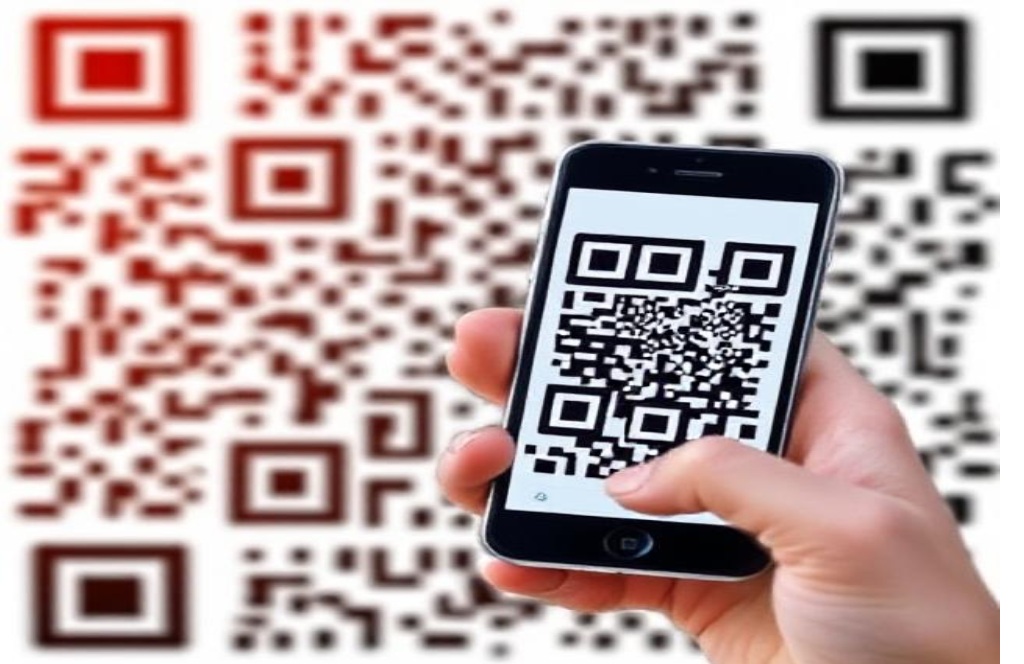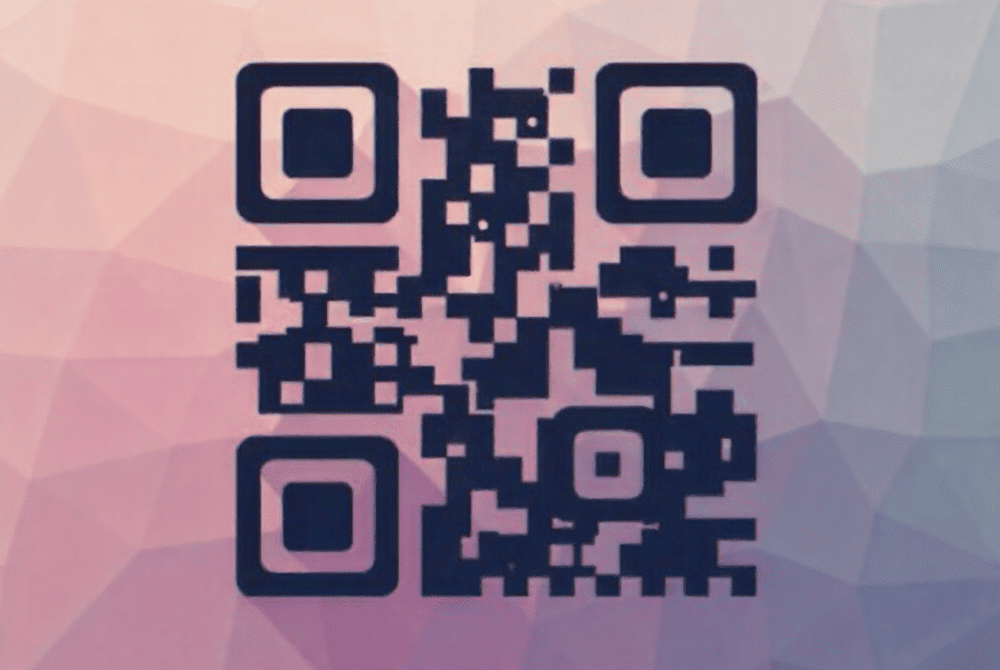Building a robust QR based payment system, such as one integrated with UPI, requires a combination of software tools, APIs, secure infrastructure, and efficient backend workflows. This section explores how developers and payment solution providers implement QR code generation, real-time UPI transaction processing, and confirmation mechanisms.
QR Code Generation Tools
The first step in enabling QR-based payments is generating the UPI QR code itself. Developers have several options, depending on the programming language, platform, and desired features:
a) Backend Libraries
- Python: Libraries such as qrcode, segno, and PyQR Code allow developers to generate both static and dynamic QR codes. They support various encoding modes, error correction levels, and output formats (PNG, SVG, JPEG).
- Node.js: Libraries like qrcode and qr-image offer APIs for dynamic QR generation, useful for real-time transaction amounts.
- Java: ZXing (Zebra Crossing) provides robust QR code generation and scanning capabilities.
- C++: libqren code allows low-level, high-performance QR code creation, ideal for embedded systems.
b) Features for Payment Applications
For UPI or payment QR codes, the libraries must support:
- Error Correction Levels: Typically, Level M or Q for resilience.
- Custom Payloads: Support for UPI URI format, including payee ID, transaction amount, and transaction ID.
- Dynamic Generation: QR codes created in real-time for each transaction.
- Custom Design: Optional branding, logos, or colour changes without affecting scalability.
Dynamic QR generation often integrates directly with a POS system or merchant app, producing a unique QR for every payment.
UPI Backend Integration
Once a QR code is generated, the next step is processing payments through UPI. The backend workflow includes several components:
a) UPI Transaction Request
- The QR code payload is sent to the customer’s UPI app when scanned.
- The customer authorizes the transaction using their UPI PIN.
- The app sends an encrypted transaction request to the customer’s bank.
b) NPCI Processing
- NPCI (National Payments Corporation of India) acts as the central clearing house, routing the transaction to the merchant’s bank.
- The backend maintains secure communication channels using TLS/HTTPS to protect sensitive data during transmission.
- NPCI validates transaction details, checks account balances, and ensures compliance with UPI protocols.
c) Merchant Bank Notification
- Once the payment is approved, the merchant bank receives a notification from NPCI.
- The merchant’s backend updates the transaction status in real-time, reflecting “Payment Successful” on the POS.
Webhooks and Callbacks
To enable real-time confirmation, UPI-enabled merchant systems often use webhooks or HTTPS callbacks:
- When a transaction is processed, NPCI or the bank triggers a callback URL provided by the merchant.
- The backend receives a JSON payload containing transaction details such as:
- Transaction ID
- Payment amount
- Timestamp
- Status (Success / Failure / Pending)
- The backend validates the payload (e.g., verifying digital signatures) and updates the database accordingly.
Webhooks ensure that even if the customer’s device loses connectivity, the merchant system is aware of the transaction status.
Database and Logging
Reliable payment systems require robust logging and data storage
- SQL Databases: Ideal for transactional integrity, storing structured data such as transaction ID, amount, timestamp, merchant ID, and payment status.
- NoSQL Databases: Useful for storing dynamic QR metadata, user session data, and high-volume event logs.
- Audit Logs: Critical for compliance, these logs track API calls, QR generation events, and webhook callbacks.
- Redundancy: High-availability architectures with replication ensure that logs are never lost during server failures.
Structured storage allows for transaction reconciliation, reporting, and fraud detection.
Security Considerations
When handling QR-based UPI payments, security is paramount:
- Encryption: All sensitive data (UPI payloads, transaction requests) must be encrypted using TLS/HTTPS during transmission.
- Authentication: Merchant backend systems must authenticate requests from NPCI and customer apps using API keys or digital certificates.
- Data Validation: Webhook payloads must be validated to prevent spoofing or replay attacks.
- Tokenization: Optional tokenization replaces sensitive account information with secure tokens to minimize exposure in logs or intermediate systems.
- Access Controls: Strict role-based permissions prevent unauthorized access to transaction data.
Following these practices ensures that customer funds and sensitive information remain secure throughout the payment lifecycle.
High-Level Backend Architecture
A typical QR payment backend architecture involves multiple layers:
- QR Generation Service: Generates static or dynamic QR codes with UPI payloads.
- Transaction Processing Service: Receives payment notifications, communicates with NPCI, and manages error handling.
- Webhook Handler: Listens for callbacks from NPCI or banks and updates transaction status.
- Database Layer: Stores transaction records, merchant details, and audit logs.
- Monitoring & Analytics: Real-time dashboards track transaction volume, success rates, and anomalies.
This architecture ensures scalability, reliability, and real-time processing, even for merchants handling thousands of transactions per day.
Practical Implementation Tips
- Dynamic QR codes should include unique transaction IDs to avoid duplication.
- Error correction Level Q or H ensures the QR remains scannable in real-world conditions.
- Interleaving and masking in the QR generation process improves readability for all smartphone cameras.
- Automated reconciliation scripts can validate backend logs against NPCI reports, reducing manual errors.
- Load balancing and redundancy in backend servers prevent downtime during high traffic.
By combining technical QR knowledge with robust backend implementation, developers can create reliable, secure, and scalable QR payment solutions.








